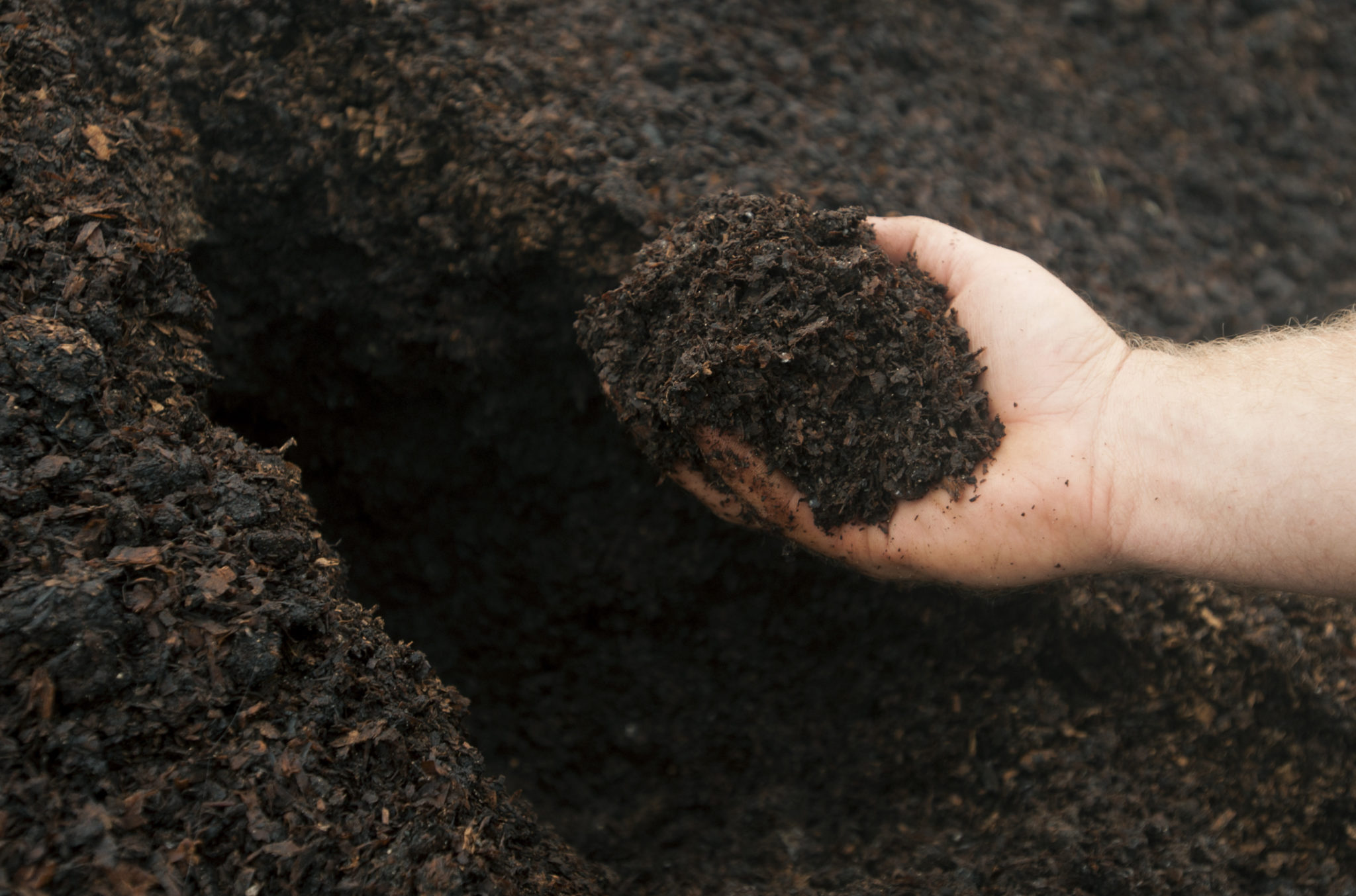How to compost successfully
There’s a lot more to composting than simply throwing your kitchen scraps into a bin and reaping the benefits of a healthy soil additive. Here’s how to compost with success at your homestead.

Successful composting is all about balance — a balance of nitrogen and carbon, of moisture and aeration. And while it sounds complicated, after learning the basic components of composting, tending to your backyard heap becomes habit.
“I tend to think of my compost bin almost as a pet, because you have living organisms that are working for you to break down that material that you are putting in, so you need to have the right food and the right environmental conditions for them to thrive,” Kate Garland of the University of Maine Cooperative Extension said.
What is composting?
Composting is the process of organic matter breaking down and becoming a type of fertilizer. Composting your kitchen scraps not only benefits your garden by feeding the soil a plethora nutrients but also helps reduce your household’s input to the waste stream by finding a useful alternative for discarded food scraps.
In her role as a horticulturist with University of Maine Cooperative Extension, Garland has seen an increase in people seeking advice for learning how to compost at home. There are different ways to approach composting, from larger scale hot composting that would occur in a farm setting to the smaller more kitchen and garden oriented cold composting method. The set up that is right for a household depends on what the composting inputs are, how much time they have and what they hope to use the compost for.
Getting started with backyard composting
For how to compost in a backyard, Garland said anyone with a little bit of outdoor space and a motivation to collect their food scraps can start composting. A home composter will ideally want a bin with a cover, such as a trash can with a lid, inside of their kitchen where they collect any scraps they generate. Any food scraps that were once living can be composted, such as egg shells, vegetable scraps or discarded pieces of fruit.
Outside your home, the compost pile in the yard doesn’t have to be anything fancy; however, it should have some type of fencing around it to keep any critters out. This setup, as opposed to a barrel, also allows for the compost to receive more airflow.
Garland suggests having your compost pile located as close to your house as possible, eliminating any barriers to continuing to add to the pile during the winter months.
At least once a week the collected kitchen scraps should be emptied into the compost pile. Sometimes what deters people from composting is the smell that can develop from the decomposing scraps in the kitchen, but that odor can be avoided if the bin is emptied frequently, according to Maine Organic Farmers and Gardeners Association agriculture services director Dave Colson.
Food scraps are a great source for nitrogen, Colson said, which is why they work well for composting. But to keep the balance in the compost pile, sources of carbon must be added to help the decomposition of materials and prevent the pile from getting too wet. Garland recommends keeping a large bin of dry leaves and straw covered next to your compost pile, adding two shovelfuls of leaves to the pile each time you add kitchen scraps. Fresh grass clipping also can be used as a source of nitrogen in composting. This layering of materials is what makes the difference between just a heap of scraps and a healthy compost pile.
“The heap is just basically throwing things [outside] and letting things decompose as they will. [In] building a pile, there is a layering in of the different types of materials that you have, allowing for the adjusting of the carbon and nitrogen and moisture [levels],” Colson said.
Cold composting vs hot composting
In addition to keeping the components of the compost pile balanced, Colson said turning the pile and allowing the materials to aerate is a good way to help along the decomposition.
This method of composting is called cold composting because you’re likely not generating enough materials to allow the pile’s internal temperature to heat up dramatically. When the internal temperature of a compost pile reached 130 to 150 degrees, that process is called hot composting. Colson said this type of composting occurs most often in farm settings, where a lot of materials are being added to the pile at once.
A benefit of hot composting is that the temperature of the pile gets hot enough to kill off any weed seeds that are in the pile, Colson said. The temperature will also kill off any pathogens from manures that may have been added to the compost pile.
But regardless of the scale at which you’re composting, food scraps being repurposed as fertilizer is a better option than just throwing them away.
“We started with a very lazy compost operation, and I freely tell people that because starting just with a heap in your yard is so much better than putting that waste into the traditional waste stream,” Garland said. “You’re allowing [the waste] to return back to nature instead of having it go into a plastic bag in a landfill.”
